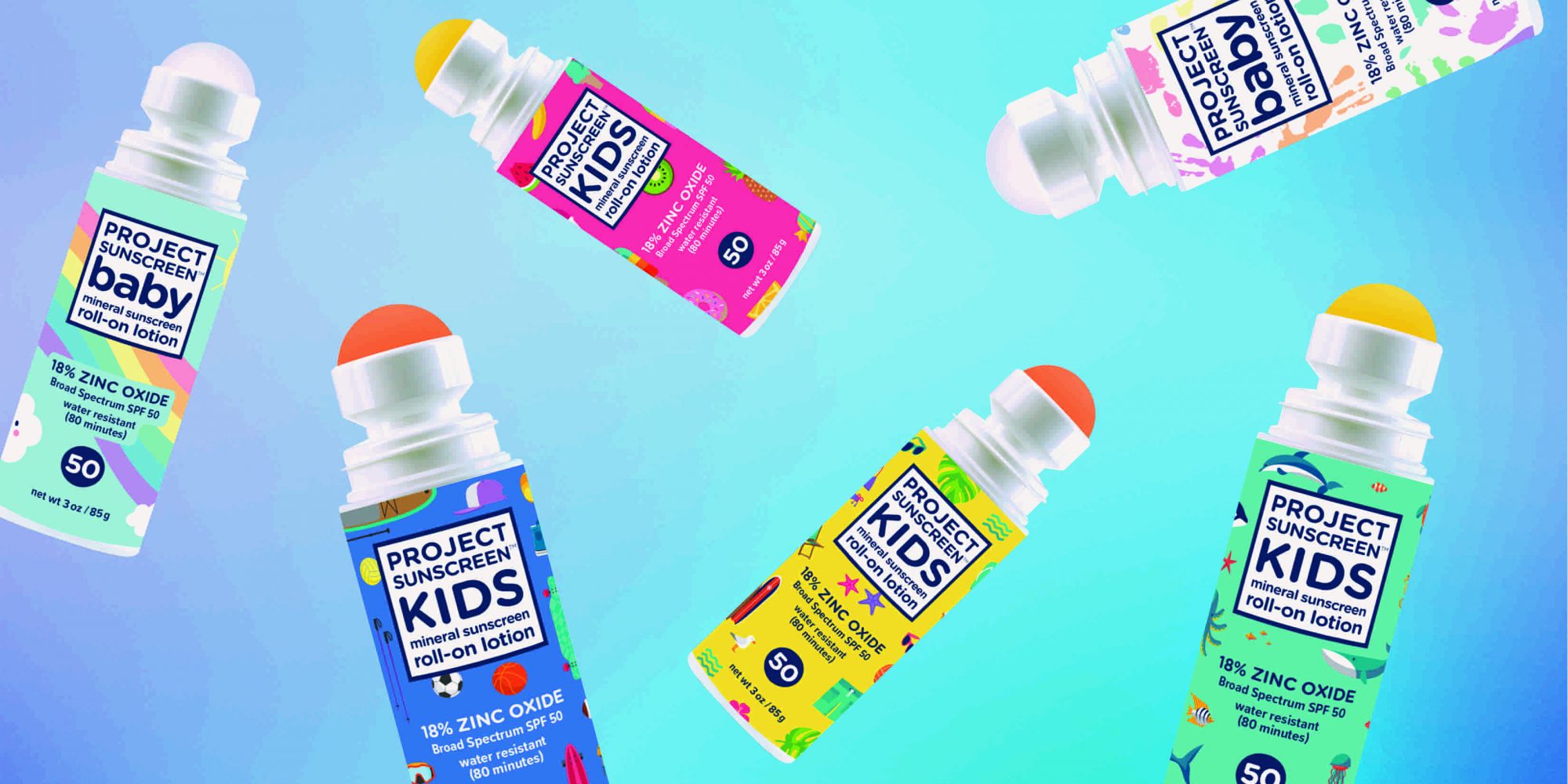
With Project Sunscreen Products, Mineral SPF Protection Is Just A Roll Away
Project Sunscreen’s big project is increasing sunscreen compliance.
The new brand from mothers and health experts Rachel Henderson and Ashley Magovern is bringing the rollerball format standard on deodorant shelves into the sun-protection realm. The objective is to make sunscreen simple and fun—Project Sunscreen promises its formula can be applied in a minute or less and works immediately—to encourage regular usage.
“My whole message is sunscreen for everyone, everywhere, every day. It’s not just about a sunny day at the beach. It’s about a lifelong practice,” says Henderson. “It’s about children taking ownership and starting proper sun-care habits from a very early age. We have 3-year-olds rubbing our sunscreen on their arms.”
Sunscreen rollerballs aren’t unusual to Henderson. Originally from Temuka, a rural town in New Zealand, she moved in 1999 to Sydney, where sunscreen rollerballs are common. The importance of SPF was impressed upon Henderson in her 20s, when basal cell carcinomas were removed from her face. An educator at the time, the experience convinced Henderson to prod her students to shroud their bodies in sunscreen. Later, she earned a graduate degree in public health and held positions at pharmaceutical firms. Her interest in sun care never faded.
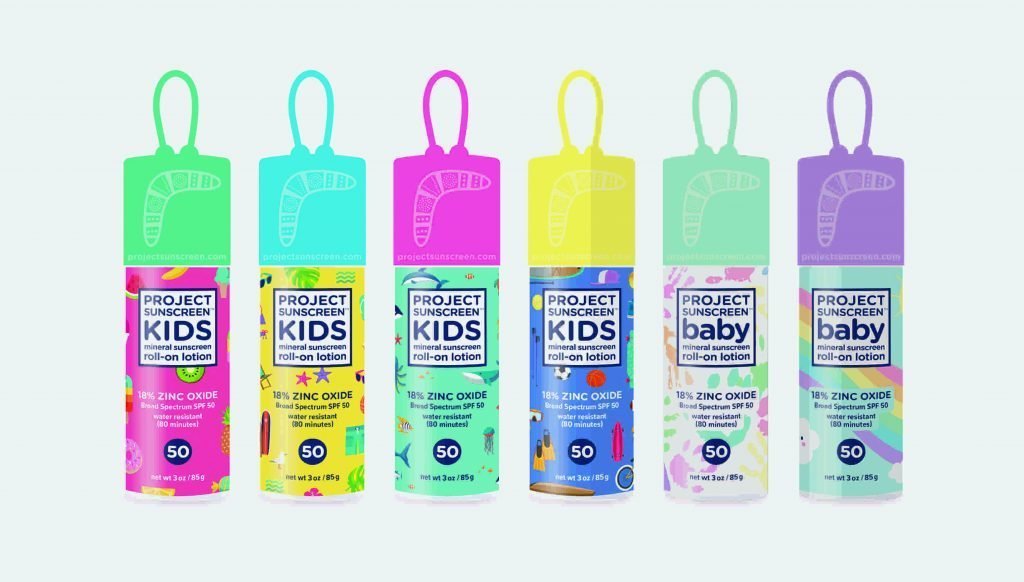
In 2012, Henderson relocated to the United States, specifically Manhattan Beach, Calif., with her daughter and son, who were 1- and 4-years-old. Dismayed by the lack of rollerball sunscreens in the U.S., which were handy for her squirmy kids, she begged her sister to send them to her or picked them up during holiday visits back home. While covering her daughter with rollerball sunscreen at preschool, other mothers asked where she got it, and she informed them the product wasn’t available in the U.S. Succumbing to demand, she began to stockpile rollerball sunscreens and dole them out to friends and family members.
Dermatologist Magovern was one of the mothers in Henderson’s Manhattan Beach circle thrilled to discover rollerball sunscreen. “I just knew that we needed something like that here. Why hadn’t this been done here yet? And we could make it cute and kid-friendly. It was an amazing moment thinking about the possibilities,” she says, adding, “Instead of sunscreen being a dreaded part of the day, the goal would be to make sunscreen a normal part of the day like it is in Australia.”
“My whole message is sunscreen for everyone, everywhere, every day. It’s not just about a sunny day at the beach. It’s about a lifelong practice.”
Together, Henderson and Magovern invested roughly $140,000 to develop Project Sunscreen over the course of almost three years. The brand is supported by a six-figure bank loan, too. Creating Project Sunscreen’s SPF rollerball product wasn’t a snap. The first manufacturer Henderson tried couldn’t get the rollerball sunscreen right. Perfecting viscosity was crucial. If the sunscreen recipe was super runny, it leaked out of the packaging. If it was extra thick, it stuck to the rollerball. Finally, Henderson landed on a manufacturer that could produce the product she desired.
Project Sunscreen is launching with SPF 30 baby and kids’ sunscreen priced at $16.99 retail for a 3-oz. size. There are four cheery packaging designs for the kids’ sunscreen fashioned by Henderson’s and Magovern’s children. As Sweet’s rollerball bottle is splashed with different treats; Here Comes The Sun’s has reminders of the outside; All Fun & Games’ features sporty graphics; and Make Waves’ spotlights things in the sea. The sunscreens come with caps that can be attached to backpacks.
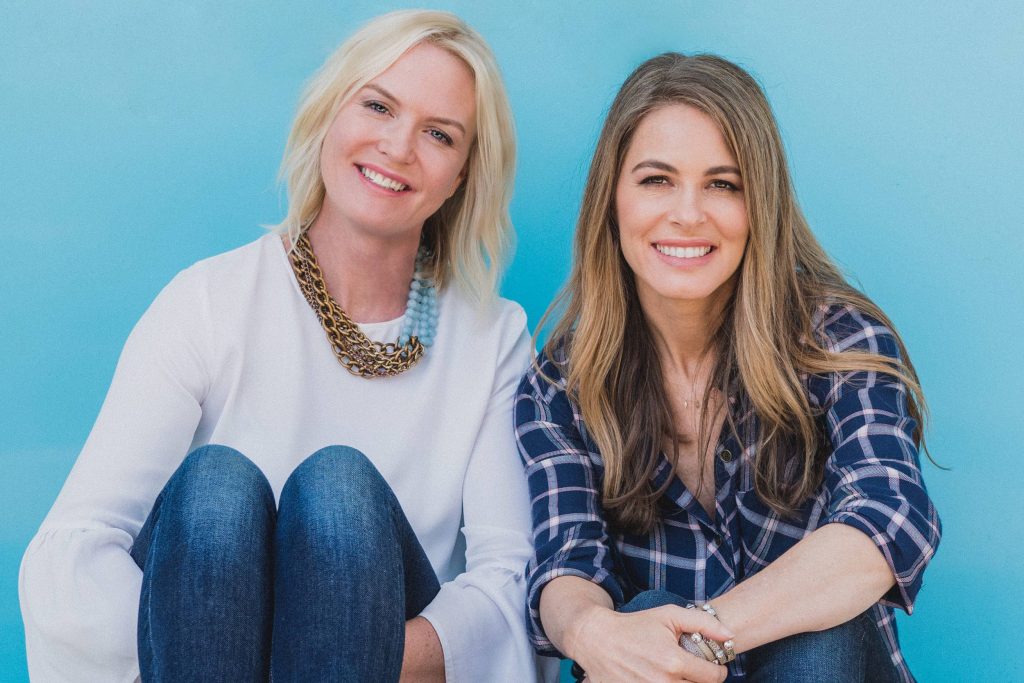
SPF 50, adult and teen options are forthcoming. Project Sunscreen’s teen line is called SPFU. “We are bright. We are colorful. We are different,” says Henderson. “I don’t want to fit in. I want to be one step ahead. I want to be cheeky and funny.”
Project Sunscreen’s mineral sunscreen contains 18% zinc oxide, and avoids parabens, petroleum, talc, mineral oil, propylene glycol, fragrance, oxybenzone and octinoxate, among several ingredients. “Not only does it rub in easily, but it’s also moisturizing and is actually good for the health of the skin,” says Magovern. “It has niacinamide and antioxidants to strengthen the skin barrier and to combat the damage and inflammation we get from the sun.”
“The best sunscreen is one that you are going to wear, and the one you are going to wear most often is the one you like.”
Bill Neubauer, founder of Neu Ideas, a beauty product and distribution consultancy, and an accomplished brand and marketing manager in the beauty industry with stops at Henkel, Markwins, Bath & Body Works and Hawaiian Tropic, has signed on as Project Sunscreen’s sales director and a partner in the brand. The trials and tribulations he’s endured as a parent attempting to smear sunscreen on his kids influenced his decision to become involved in Project Sunscreen.
“I have a second grader and a sixth grader, and it’s a struggle getting sunscreen on their skin because they don’t like it, but they enjoy coloring their arms with our rollerballs. It rubs in clearly, and they are protected,” says Neubauer. “The best sunscreen is one that you are going to wear, and the one you are going to wear most often is the one you like.”
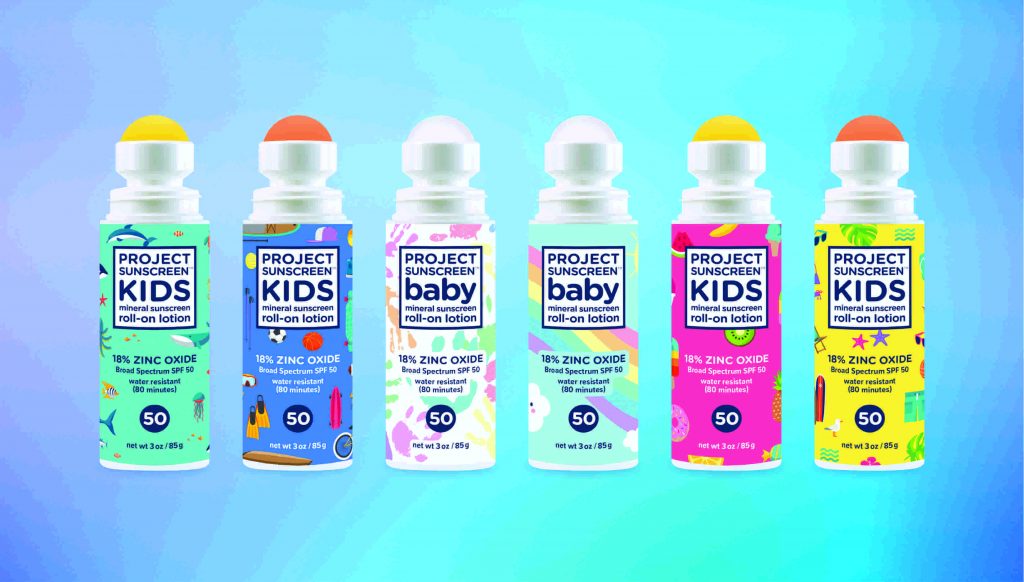
Henderson isn’t shy about her ambitions to spread Project Sunscreen’s rollerballs as far and wide as possible as quickly as possible. Neubauer is busy securing an estimated 3,000 retailer doors or more in 2019. He reports Kroger, Harris Teeter, Meijer and Bartell Drugs are already on board. Project Sunscreen’s aim is to generate $400,000 in first-year revenue, but it could exceed $500,000.
“My whole goal is to get into as many stores as I can because I know I am going to have competitors hard on my heels,” says Henderson. “Everyone I’ve spoken to has been very positive about it, and they can see that I’m very passionate about it. I felt that, if I started with mom-and-pops, someone would just come in over me and get it to the Krogers, and I would still be there trying to sell smaller mom-and-pops.”

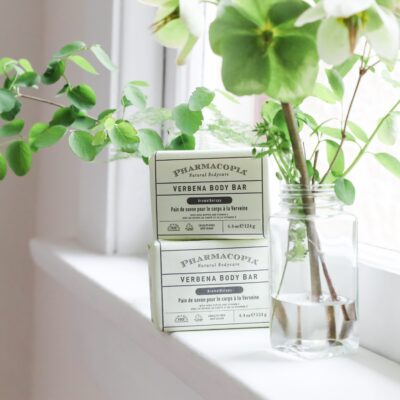
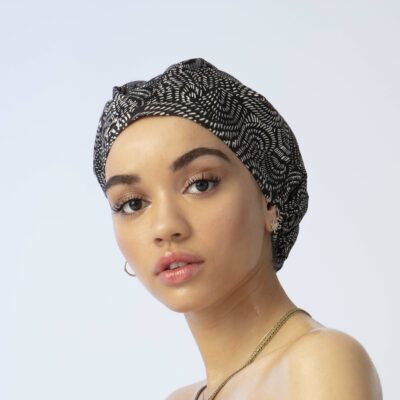
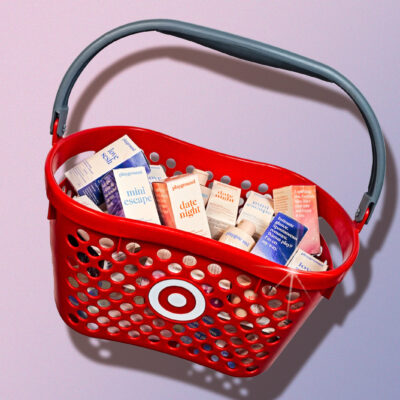

Leave a Reply
You must be logged in to post a comment.